History of Mac Viruses
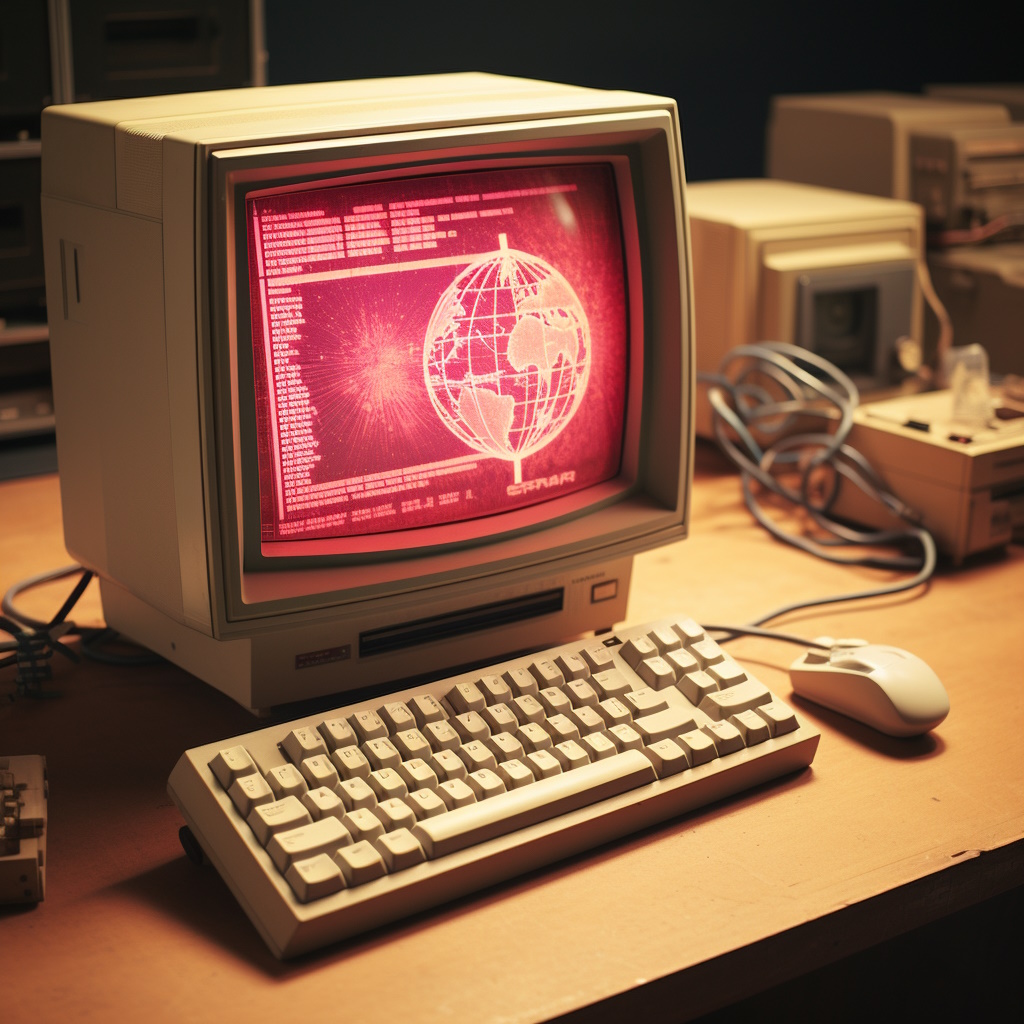
In the dawn of the Macintosh era, as technology opened new frontiers of creativity, an unforeseen menace lurked in the shadows. This article delves into the gripping history of Mac viruses during these formative years, revealing the evolution of these early threats and how they forever altered the landscape of computer security.
1980s
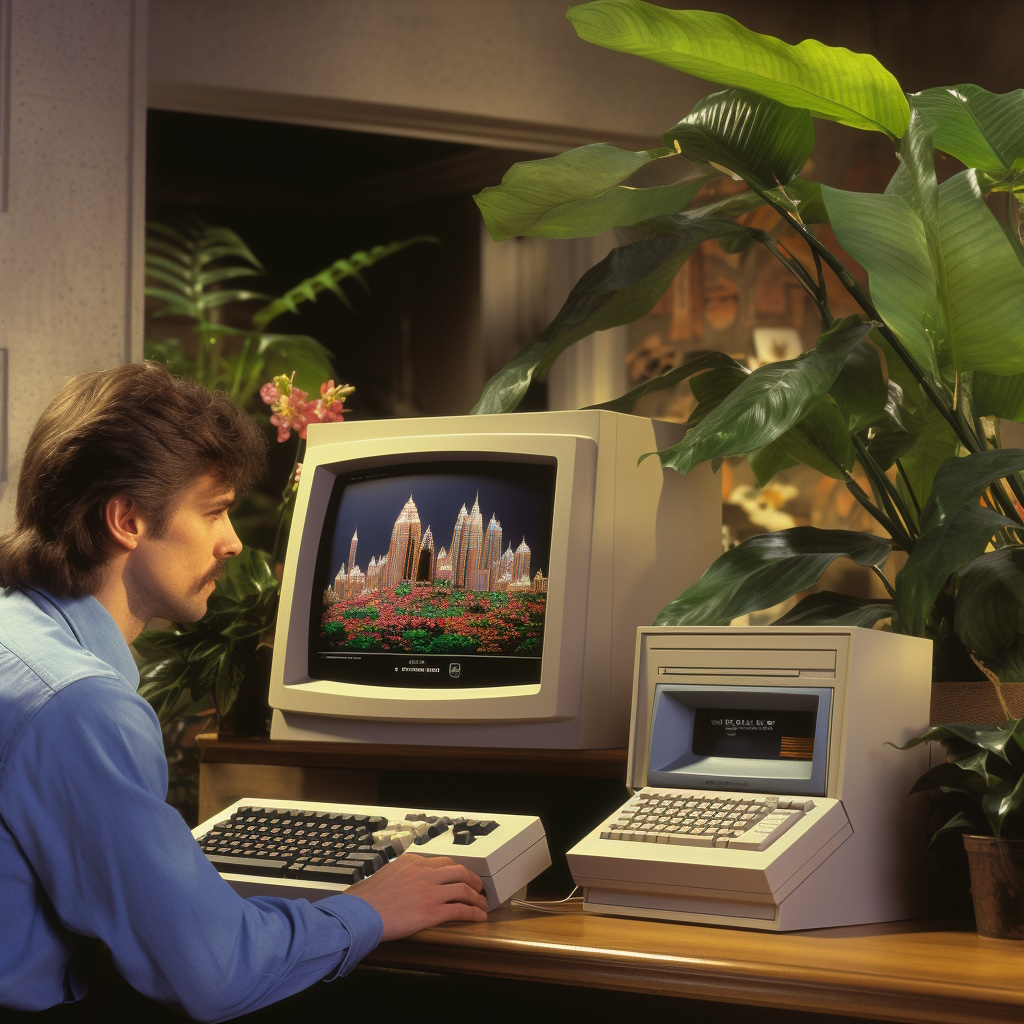
As personal computing surged in popularity during the ’80s, malicious actors saw an opportunity to exploit the unsuspecting Mac platform.
1982: The First Mac Virus Emerges
In 1982, the first documented Mac virus appeared. Dubbed “Elk Cloner,” it was a boot sector virus created by a high school student, Rich Skrenta. Elk Cloner spread via infected floppy disks, and once a Mac user booted their system with the infected disk, the virus would replicate and display a playful poem on the user’s screen. While Elk Cloner wasn’t malicious in its intent, it highlighted the potential risks posed by viruses on the Mac platform.
1987: MacMag Virus and a Growing Threat Landscape
As Macintosh computers gained popularity, so did the interest of virus creators. In 1987, the MacMag virus surfaced. This virus was way more destructive than its predecessor, as it would corrupt files and make apps unusable. MacMag demonstrated that Mac users were not immune to malicious software, raising concerns about the security of the platform.
1988: The Morris Worm Strikes
While not exclusively targeting Macintosh computers, the Morris Worm made a significant impact on the early internet, affecting both Mac and Unix systems. The worm, created by Robert Tappan Morris, exploited vulnerabilities in the Unix Sendmail and finger daemons to spread. It marked a turning point, as it was one of the first instances where a self-replicating worm caused widespread damage across interconnected systems.
1988: INIT 29 and HyperCard Hooligan
INIT 29 was the first known Mac-specific virus. It infected the “System” file, which was a core part of the Mac OS. INIT 29 would trigger randomly, causing system crashes and data loss for affected users. Around the same time, HyperCard Hooligan emerged, targeting HyperCard stacks. When opened, it would destroy the stack’s data. These viruses highlighted the need for better security measures on the Mac platform.
1989: nVir Virus and AutoStart 9805
The nVir virus made its debut in 1989, infecting System and Finder files. It displayed a humorous but alarming message to infected users, expressing discontent with Apple Inc. and the state of computer viruses. nVir marked the first instance of a virus maker using their creation as a form of protest.
Around the same time, AutoStart 9805 appeared, targeting HyperCard stacks with malicious code. It demonstrated that viruses could exploit seemingly harmless files and caused users to be cautious about the sources of their software.
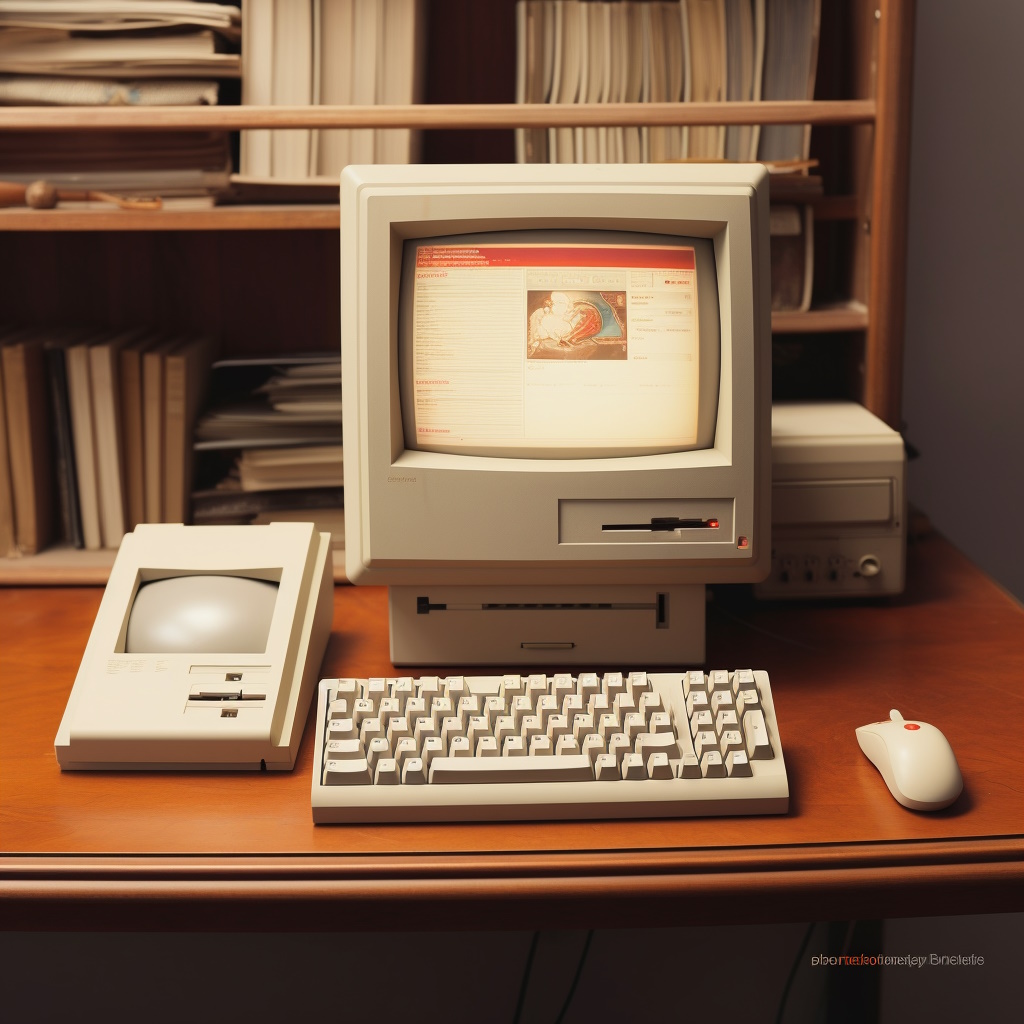
The period from 1982 to 1989 saw the emergence of the first Mac viruses, marking a pivotal moment in computer security history. These early threats exposed vulnerabilities in the Macintosh platform and demonstrated the need for improved security measures. While the viruses from this era were relatively simple compared to modern malware, they laid the groundwork for the continuous evolution of malicious software.
As technology advanced, so did the tactics of cybercriminals. The history of Mac viruses during this period serves as a valuable lesson on the importance of vigilance and proactive security measures. Today, Mac users benefit from robust security systems, but the threat landscape remains dynamic, requiring ongoing efforts to safeguard against emerging threats. Understanding the history of Mac viruses helps us appreciate the progress made in the field of computer security and reminds us to stay vigilant in safeguarding our digital assets.
1990s
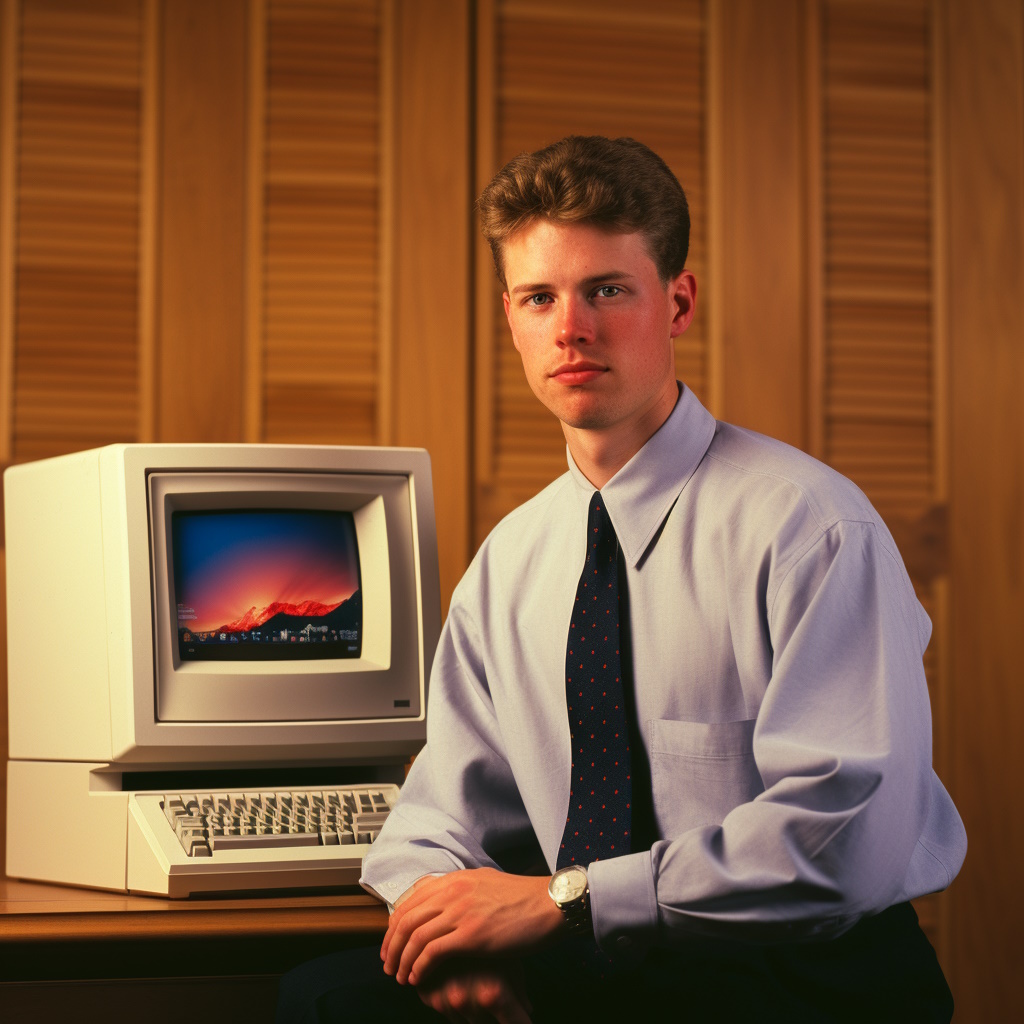
As the 1990s dawned, the Macintosh computer system had firmly established itself as a popular and revolutionary platform for personal computing. However, this decade also witnessed an unfortunate rise in malicious software targeting Mac users.
1992: The Emergence of Scores and the Dark Avenger
The early 1990s brought about the emergence of notable Mac viruses. In 1992, the Scores virus, also known as the Scores B virus, gained notoriety as one of the first viruses to target Macintosh computers via infected floppy disks. Scores was a boot sector virus that could cause data corruption and disrupt system functionality.
Around the same time, the Dark Avenger virus made its debut. Dark Avenger was a polymorphic virus, meaning it could mutate its code to evade detection by traditional antivirus software.
1996: The Ambitious Laroux and Autostart 9805 Redux
In 1996, the Laroux virus captured the attention of the Mac community. Laroux spread via infected email attachments, which was a relatively new and ingenious method at the time. As email usage surged, so did the potential for viruses to spread rapidly through interconnected systems.
During this period, the infamous Autostart 9805 resurfaced with a vengeance. Autostart 9805 had previously been encountered in the late 1980s, but it made a comeback with added potency. This revived virus reminded users that even seemingly dormant threats could rise from the ashes.
1997: Concept and Peace
The late 1990s saw the introduction of the Concept virus, which targeted Microsoft Word documents across both Mac and Windows platforms. Concept highlighted the emerging trend of macro viruses, exploiting scripting capabilities to propagate and infect files, posing a cross-platform threat.
Meanwhile, the Peace virus left its mark as one of the first email worm viruses targeting Mac users. Peace spread via infected email messages and showcased how email communication could be a vector for malware distribution.
1998: FunLove and the Leap to the Internet
In 1998, the FunLove virus made headlines as a significant threat to both Mac and Windows systems. FunLove was a file infector virus that could compromise executable files, leading to potential data loss and system instability. Its ability to spread across different operating systems further highlighted the need for cross-platform vigilance.
Additionally, this decade marked a leap for viruses towards the internet era. With the growth of the World Wide Web, cybercriminals began to explore the potential of using websites to deliver malware to unsuspecting users.
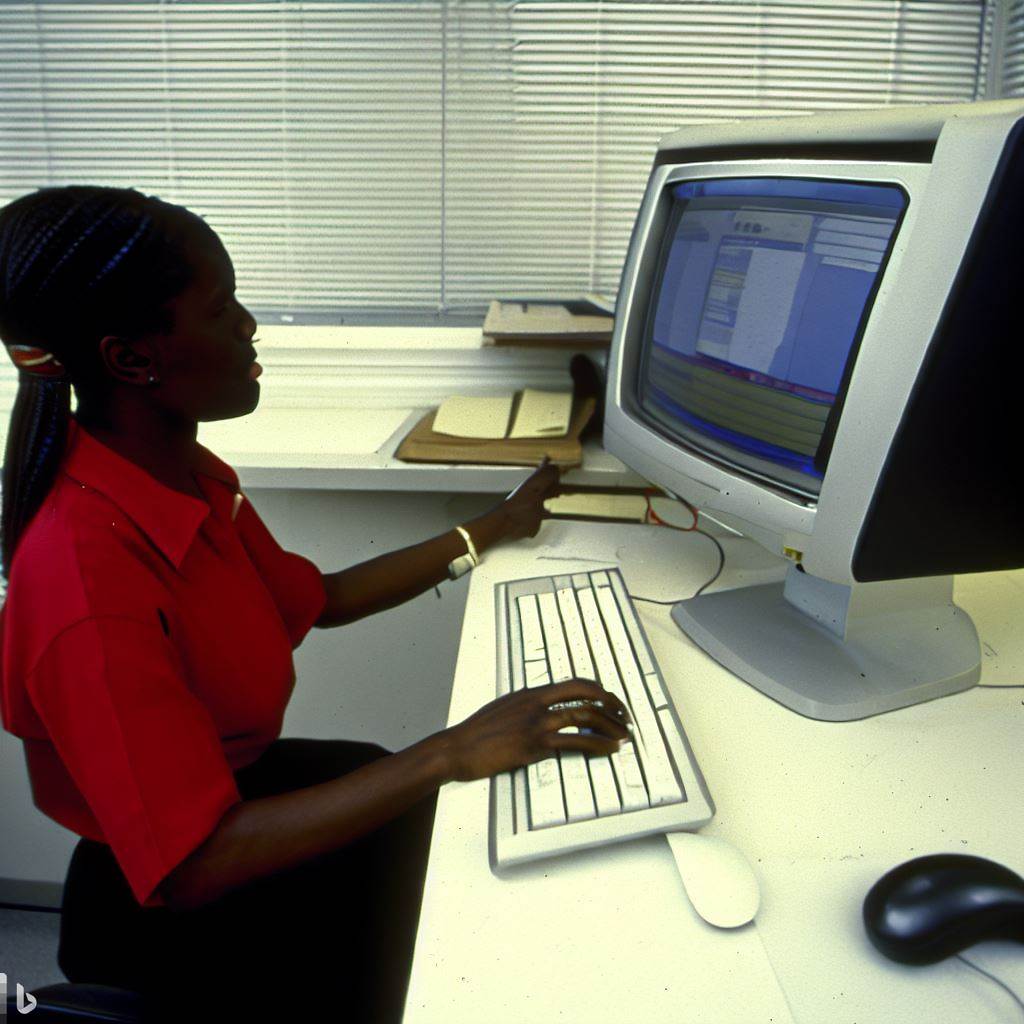
The 1990s were a transformative decade for Mac viruses, witnessing a surge in complexity and sophistication. As technology advanced and internet connectivity became commonplace, cybercriminals seized opportunities to exploit Mac users. The rise of email communication, cross-platform threats, and evolving attack vectors demanded an even greater commitment to cybersecurity.
In response to the growing threats, the Mac community and security experts united to develop more robust defenses. The battle against Mac viruses became an ongoing saga, with each side attempting to outwit the other.
